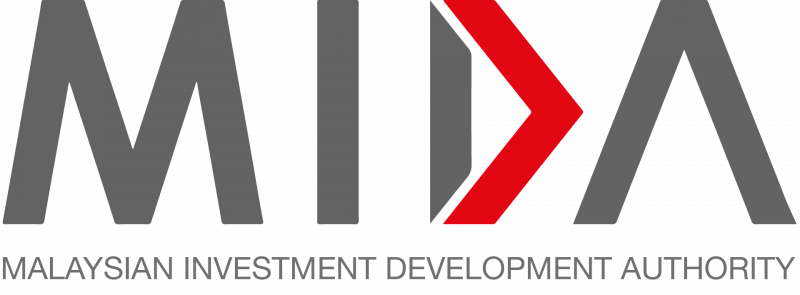DXN Holdings Bhd, a global manufacturer of nutraceutical products, sustained its growth momentum in the first quarter of its financial year ending Feb 28, 2025 (Q1’25), delivering consolidated revenue of RM475.1 million, a 12% year-on-year (y-o-y) jump compared to RM424 million recorded in the same quarter of FY24.
The group’s organic expansion in key markets such as Peru, Bolivia, Mexico and India continued to be the primary driver of its sustained growth. The growth resulted from a combination of independent initiatives, high impact events organised by leadership groups, innovative product introductions and effective marketing campaigns.
DXN’s profitability strengthened with earnings before interest, tax, depreciation and amortisation reaching RM151.9 million, representing an 11% y-o-y increase from RM136.8 million in Q1’24. Profit before taxation grew to RM136.3 million from RM124.1 million in Q1’24, reflecting a 9.8% y-o-y improvement.
Meanwhile, net profit expanded by 10.3% y-o-y to RM85.6 million from RM77.6 million in the previous corresponding quarter, underscoring DXN’s continued financial strength.
DXN executive chairman and founder Datuk Lim Siow Jin said, “Building on our exceptional performance in FY24, fuelled by sustained growth in Latin America and India, we are strategically positioned to enter key markets such as Brazil, Argentina and Chile. Drawing on our successful marketing strategy, combined with our established foothold in
the Latin America region, we aim to replicate success in these promising markets.”
In FY24, DXN invested RM119.2 million in capital expenditures (capex) to establish new manufacturing facilities in China, India, Dubai and Mexico, he said.
“These facilities began commercial production in calendar year 2023, significantly enhancing our production capabilities across a diverse range of products including coffee, tea, carbonated juice and spirulina. Our recently established manufacturing facilities in Nepal and Bangladesh, which will produce a range of our bestselling coffee-related products, are progressing well, with commercial production expected to commence by the end of 2024.:
This year, Lim said, it intends to allocate more than RM125 million in capex to expand their manufacturing capacity. The expansion aimed to accommodate the anticipated demand from new markets like Zambia and Ghana.
“It is part of our initiative to support the growing demand for our products from our global members,” he added
Moving forward, Lim said DXN will continue to prioritise new market expansion, the launch of new innovative products, optimisation of production efficiency and business resilience. By capitalising on the diverse growth avenues, DXN is confident of delivering sustained value to shareholders.
DXN maintains a robust financial position, with cash and cash equivalents of RM609.2 million exceeding total borrowings of RM140.1 million as of May 31. Additionally, a healthy net operating cash flow of RM137.8 million was generated in the quarter under review.
In line with its quarterly dividend policy, the board of directors has declared a first interim dividend of 0.9 sen per ordinary share for Q1’25, totalling RM44.8 million, a 52.3% payout ratio based on its net profit for the quarter.
Source: The Sun
DXN sustains growth momentum, driven by expansion in key markets
Content Type:
Duration:


